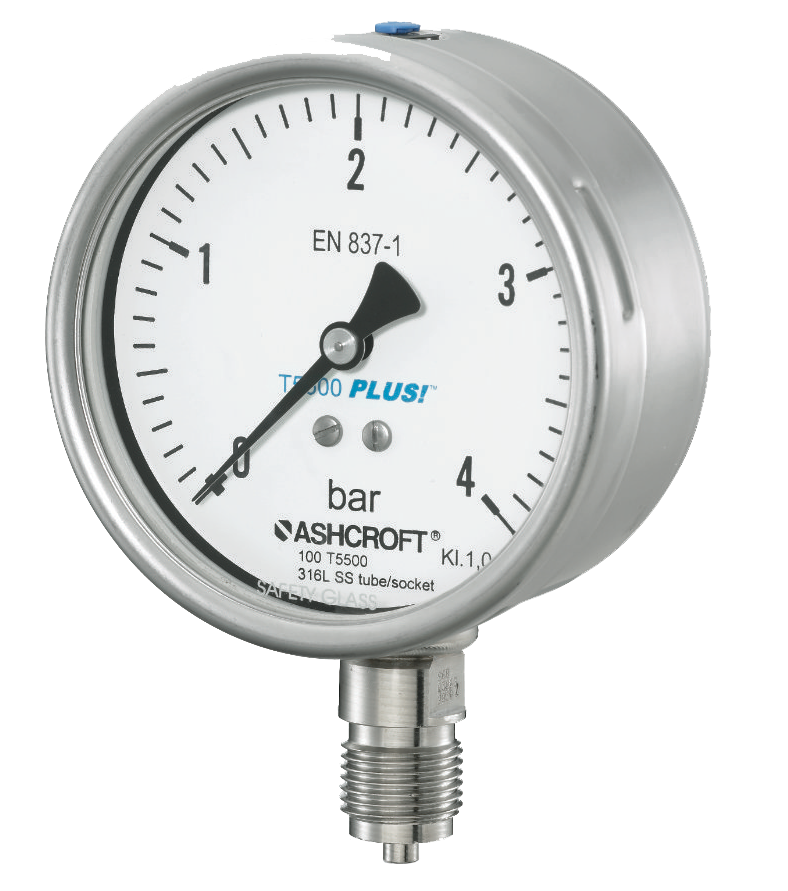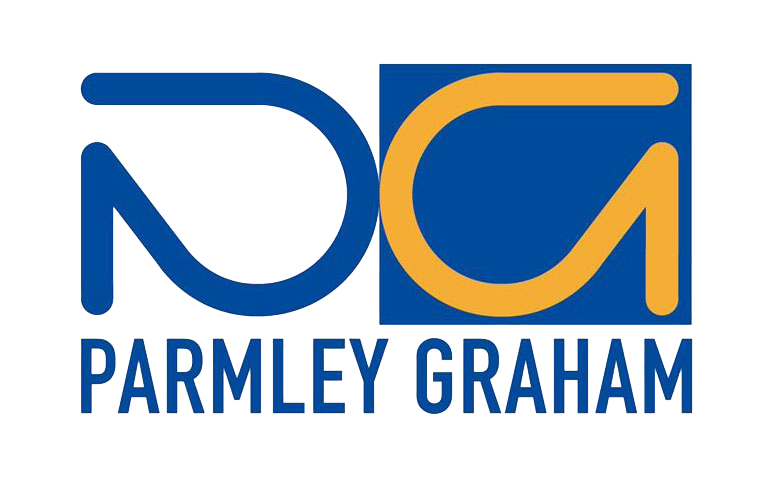Ashcroft Process Instruments
Pressure Gauges

Ashcroft® pressure gauges are supplied in a wide variety of sizes, accuracies and ranges from 0 – 10 in. H2O through 0-100,000 psi. Choices include differential pressure gauges, test gauges, sanitary gauges, high-purity gauges, subsea gauges, digital pressure gauges, OEM pressure gauges and more.
Known for high quality and reliability, there is an Ashcroft pressure gauge available to fit nearly any budget and application requirement.
Key steps to selecting a Pressure Gauge.
Accuracy
For a mechanical pressure gauge, accuracy is defined as a percentage of the full-scale range. While requirements differ from one industry to another, the following are general guidelines:
- Test Gauges and Standards: 0.25% through 0.10% full scale accuracies.
- Critical Processes: 0.5% full scale accuracy.
- General Industrial Processes: 1.0% accuracy. Less Critical Commercial Uses: 2.0% accuracy. Refer to ASME B40.100 for more information on accuracy.
Dial Size
Pressure gauge dial sizes range from less than 1˝ to 16˝ diameters. Generally, readability requirements, space limitations and required gauge accuracy determine dial size. Accuracies of 0.25% or 0.5% generally have dial sizes of 4 1⁄2˝ or larger since more dial graduations are required.
Case Style / Material
Environmental considerations include ambient temperature, air-borne particulate, condensation, humidity, water and chemicals, all of which can affect gauge performance. Ambient temperature may affect the accuracy and integrity of the gauge. Gauges are available either temperature compensated or non-temperature compensated. Ambient conditions may require that the gauge be isolated from temperature extremes. When required, the gauge should be isolated from temperature extremes with a flexible line assembly. When ambient conditions are corrosive, contain a large number of particulate or if the gauge will be exposed to a wet or humid environment like humidity, wash-downs or rain, specify a gauge that is weatherproof/hermetically sealed or liquid filled.
Media / Wetted Parts
The wetted parts of the pressure gauge, the Bourdon tube and socket must be compatible with the process media. If not compatible with the wetted parts of the gauge, corrosion will occur. Corrosion of gauge wetted parts will eventually cause gauge failure and possibly safety issues. When the gauge wetted parts are not compatible with the process media, a diaphragm should be considered.
Connection Size
Gauges are available with a variety of connections including NPT, DIN, JIS, BSP & SAE. Process pressure gauges with 41⁄2˝ dial sizes or larger are most often supplied with a 1⁄2˝ NPT connection to best support the gauge. Factors to consider when selecting a pressure gauge connection include process pressures, gauge size and weight, space limitations, leak integrity, and past experience.
Connection Location
Consider the following mounting options when selecting a pressure gauge:
- Stem mount lower connect
- Wall/surface mount lower connect
- Panel mount back connect
- U-clamp flush mount back connect, for panel mounting
- Front flange flush mount back connect, for panel mounting
Pressure Ranges
ASME B40.100 recommends that normal operating pressure be confined to 25%-75% of the scale. If pulsation is present in the process, maximum operating gauge pressure should not exceed 50% of the full-scale range.
CONCLUSION To properly select a pressure gauge, consider the gauge process, range, environment, accuracy, dial size, connection and mounting requirements.
Build innovative machines faster without costly prototyping with Efficient Motion Control.
With Effective Motion Control, machine builders can easily overcome major challenges and enable faster time-to-market, increased functionality, resolve complex system requirements, and demands for safety and sustainability.


